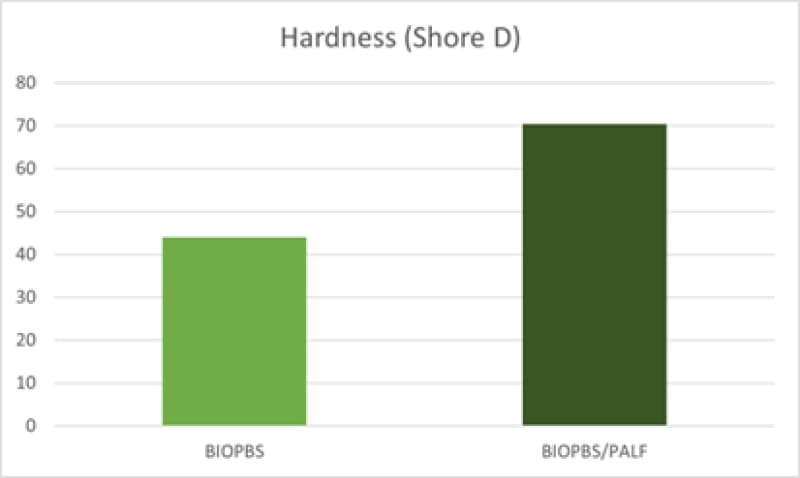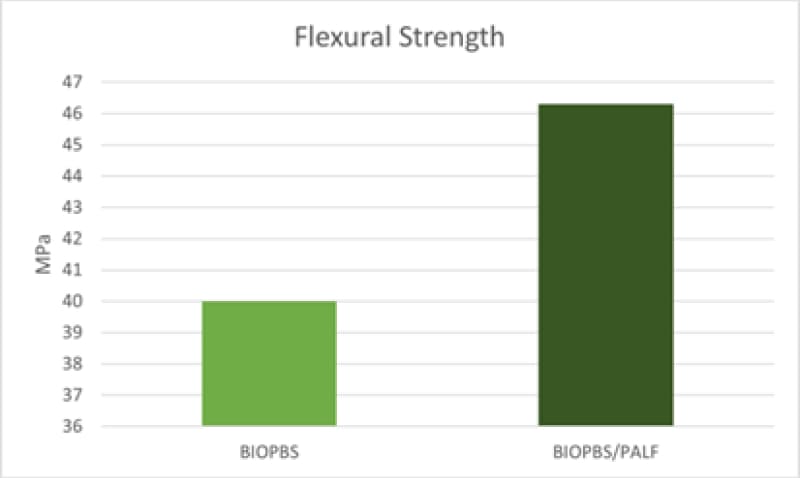EnCellules Solutions
Lighter, Stronger, Greener
In recent years, there has been a notable shift in governmental and industrial focus towards environmental preservation, coupled with a quest for alternatives to chemicals and fossil fuels. One particularly eco-friendly approach entails extracting cellulose from agricultural byproducts. Cellulose, a naturally occurring organic compound formed by plants through photosynthesis using light, air, and water, is composed of carbon, hydrogen, and oxygen. Notably, cellulose exhibits rapid biodegradability compared to other substances, making it a particularly safe option for disposable materials.
In pursuit of our commitment to "natural and zero pollution," EnCellules has selected cellulose as the foundational element for the development of a range of products. Our adherence to sustainability extends to our production processes, wherein we exclusively employ plant-based materials, water, and electricity, eschewing the use of chemical agents. This approach ensures the establishment of an ecologically sound resource cycle.
Presently, cotton stands as the predominant application of plant cellulose. Global cotton production surged to 24.7 million tons in 2021, constituting 22% of the worldwide fiber market. Nonetheless, as highlighted by the United Nations Food and Agriculture Organization, the cultivation of cotton globally entails an unsustainable water footprint, estimated at 1 metric ton of water per kilogram of cotton. In pursuit of mitigating water wastage, EnCellules employs pineapple leaves as its principal source of materials, necessitating a mere 0.2 metric tons of water per kilogram (Table 1)
CULTIVATION | |
|---|---|
Per kg | Water consumption (m³) |
Cotton | 9.7 |
Hemp | 2.1 |
Pineapple | 0.2 |
Plant fibers present a compelling opportunity for composite materials, exhibiting a unique blend of low density and high strength. Their incorporation into FRP composites not only improves mechanical properties but also helps maintain an advantageous density profile. These fibers, predominantly composed of aggregated plant cells, contain voids and gaps that provide outstanding thermal insulation. Additionally, their porous nature facilitates effective dissipation of external energy, including vibrations. Recent research has highlighted the remarkable physical and chemical characteristics of pineapple fibers, positioning them as a highly promising reinforcement material across various industries.
Based on our findings, cellulose nanofibers exhibit notable characteristics including lightweight properties, high strength, and minimal thermal expansion. Compared to iron steel, cellulose nanofibers possess a density approximately one-fifth of the former while being more than five times stronger. Moreover, their thermal expansion coefficient is approximately one-fiftieth of glass, and they boast a specific surface area exceeding 250 m2/g.
Given these attributes, plant fiber composite materials have found applications in various automotive components, such as the side door panels of the BMW 5 Series. These materials are produced by blending plant fibers into non-woven fabrics and subsequently bonding them with resin. The primary motivation behind the utilization of plant fiber composite materials in automotive interiors and exteriors lies in their ability to achieve lightweight advancements, with a density of about 1.5 g/cm³ compared to 2.5 g/cm³ for glass fiber alternatives (Table 2)
Reinforcement fibers | CNF (cellulose) | Carbon fiber (PAN) | Aramid fiber (KevlarⓇ 49) | Glass fiber |
|---|---|---|---|---|
Density (g/cm3) | 1.5 | 1.82 | 1.45 | 2.55 |
Modulus of elasticity (GPa) | 140 | 230 | 112 | 74 |
Strength (GPa) | 3 | 3.5 | 3 | 3.4 |
Coefficient of thermal expansion (ppm/K) | 0.1 | 0 | -5 | 5 |
Price (¥/kg) | 400 | 3000 | 5000 | 200~300 |
Sustainable resources | ◎ | – | – | – |
Recyclability | ○ | △ | ○ | X |
Smoothness | ○ | X | X | X |
Moreover, the inclusion of plant fibers has been demonstrated to enhance the mechanical properties of plastics. This effect is exemplified through experiments conducted with the addition of pineapple fibers to BIOPBS, indicating a notable rise in hardness by 35-40% (refer to Figure 1) and an increase in flexural strength by 10-15% (refer to Figure 2). These findings directly address the inherent strength limitations of bioplastics. Additionally, there was an observed elevation in the heat distortion temperature by 10-15 degrees Celsius (refer to Figure 3). Consequently, the integration of pineapple fibers into bioplastics presents a significant opportunity to improve both their mechanical properties and temperature resistance.
a. 新エネルギー・産業技術総合開発機構(NEDO)「グリーン・サルティナブルケミカルプロセス基盤技術開発報告書」
b. 日本環境省「セルロースナノファイバー利活用ガイドライン」
c. 張豐丞、張鈞瑋/臺灣大學森林環境暨資源學系「植物纖維及其複合材料」
d. 財團法人塑膠工業技術發展中心
e. 黃元倉,奈米纖維素與塗料
f. Ecological Footprint and Water Analysis of Cotton, Hemp and Polyester, Stockholm Environment Institute, 2005, ISBN 91 975238 2 8
g. Water Footprint Of Food List
h. Food and Agriculture Organization of the United Nations


